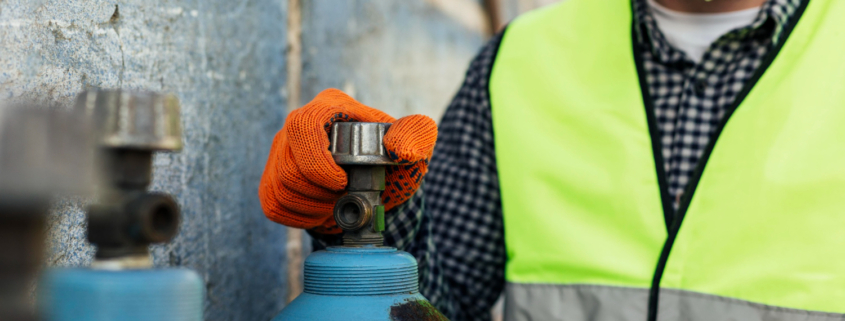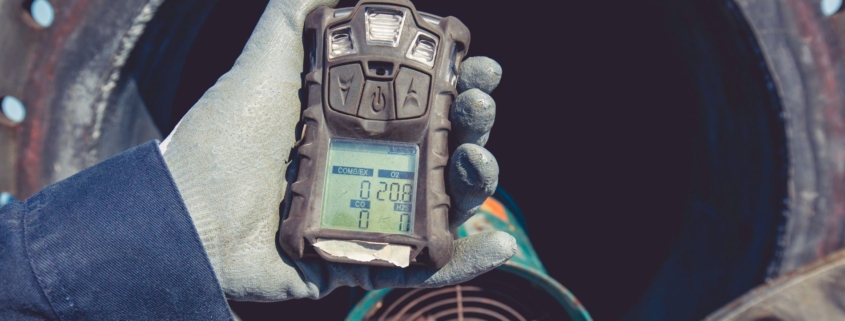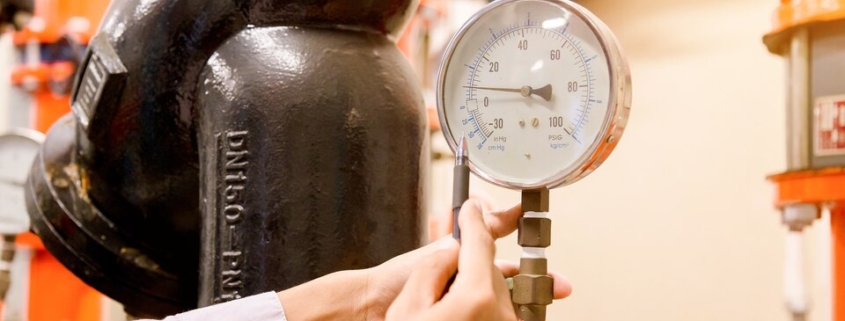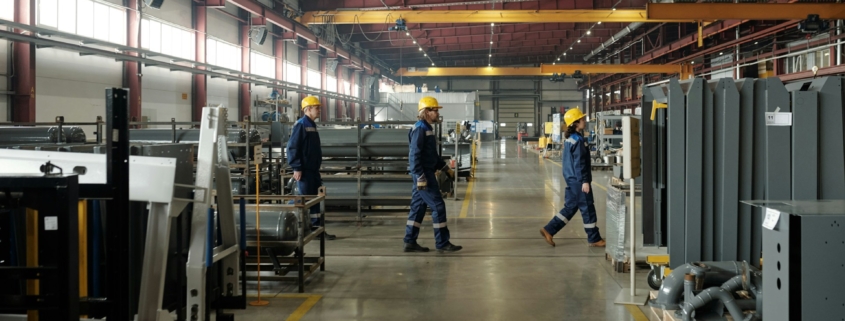Anyone working in confined spaces or hazardous environments knows that gas testing is a key part of staying safe on the job. But even when you’re confident with the equipment, there are times when the results can leave you scratching your head. Unusual readings happen, and when they do, it’s important to know how to react quickly and correctly. Overlooking odd results or brushing them off can lead to trouble, especially in high-risk settings.
In areas like Perth, where both industrial work and construction are common, strange test outcomes can come up more than you’d expect. Different work locations, changing weather patterns and equipment condition can all affect what your gas monitor shows. Understanding why those numbers appear and how to interpret them is the key to staying safe and keeping work moving without delays.
Understanding Unusual Gas Test Results
Gas test for atmospheres online training can teach the basics, but knowing what to do when results don’t look right takes a little more hands-on experience. A gas monitor is used to detect hazardous levels of toxic gases, flammable gases and low oxygen levels. But sometimes you get readings that don’t make sense, or aren’t what you’d normally expect for the area you’re working in.
These unusual results could show up in places like enclosed drains or services rooms, where airflow is limited. In certain parts of Perth, strong temperature shifts or humidity can also play a role. For example, early mornings in winter might produce different sensor behaviour than mid-day readings on a hot summer shift. Understanding the location and the specific working conditions on site gives more meaning to what your gas monitor is telling you.
Pausing and taking time to assess before assuming your gas monitor is faulty can help avoid disruptions. Unusual results don’t always mean the gear is damaged. Sometimes they’re a heads-up that something more serious could be forming.
Common Causes Of Unusual Gas Test Results
When your gas test results look odd, it’s worth stepping back and thinking through a few likely reasons. Many times, it’s not a single issue but a mix of small factors that cause unusual readings.
Some of the more common causes include:
– Sensor contamination: Dirt, moisture or chemicals can build up on a sensor over time, giving off false readings.
– Improper calibration: Skipping regular calibration can throw off accuracy and create frustration during testing.
– Environmental conditions: Wind, humidity or sharp temperature swings can all lead to odd monitor behaviour.
– Interference from other gases: One type of gas might trigger a sensor designed for something else, leading to an incorrect measurement.
– Dead zones or confined spaces: Gas can build up in still areas with poor airflow even when everything else appears safe.
When things don’t add up, it’s important not to jump to conclusions. Take a calm approach, review your surroundings, test again using clean and calibrated gear and make sure to record it all properly. Your equipment might be telling you something important – or it might just need maintenance. Either way, it deserves your full attention.
Steps To Interpret Gas Test Results Effectively
When your gas monitor gives you readings that don’t make sense, there’s a tried-and-tested process you can run through before making decisions. Acting too fast or without checking the facts can risk safety and productivity.
1. Check calibration dates
First thing is to make sure the device was bump-tested or calibrated recently. If not, it might be overdue and showing numbers that can’t be trusted.
2. Look at ventilation
Check your airflow. Corners, basements or deeper areas can trap gases. If the air feels heavy or stale, that could be your clue.
3. Inspect the environment
Think through what could be influencing the space. Are there cleaners stored nearby? Was anything recently painted or burned off? Environment plays a massive role.
4. Retest with another monitor
If something still seems off, grab another monitor that you know has been tested and reliable. Matching readings from two monitors gives more certainty.
5. Write it all down
Take careful notes, including time, location, type of reading and conditions. Documenting everything helps in case others want to verify what you saw.
These steps help keep guesswork out of your response. Consistency in approach builds a safer and more efficient testing habit over time.
Safety Measures When Dealing With Unexpected Results
When the numbers spike or your monitor behaves strangely, the safest option is to slow down and follow the right steps. Not all situations are alike, but some general safety moves apply across the board.
Here’s what to do if you see unexpected results during testing:
– Clear the area if needed
If readings suggest unsafe levels of toxic or flammable gases, leave the area immediately and take others with you.
– Notify your supervisor or safety contact
Always report what you’ve seen, no matter how minor it first seems. Better to verify than ignore a real problem.
– Put faulty gear out of use
If something is wrong with the monitor, it should be tagged out so it’s not used again until inspected or replaced.
– Follow site-specific emergency protocols
Different locations in Perth may have their own procedures when it comes to irregular gas readings. Stick to your site’s protocol from the first sign of trouble.
If your site doesn’t have strong backup systems or you’re out on a remote worksite, reacting quickly and responsibly to unexpected gas readings becomes even more important. Don’t go it alone and don’t delay the decision-making.
Training And Resources For Accurate Gas Testing
Anyone can press a button and read a number. But understanding that number and responding the right way comes with training. Plenty of workers in Perth have the equipment and a basic understanding, but not everyone has been trained to handle tricky or strange results with confidence.
Getting the proper training fills that gap. You learn the differences in how gases behave, what affects sensors and how to trust your instincts without relying too much on guesswork. One common example we see is someone reading a sharp spike and assuming the equipment’s broken when in fact a small movement stirred up a pocket of gas that was always there.
Onsite training gives workers the chance to practise with real tools in situations that mirror what they’ll face on the job. It teaches them to rely not only on the numbers but on all their senses and experiences to make the right call.
For workers across Perth, practical training that reflects the reality of local work conditions is key. Whether in bulky tanks, narrow pits or open refinery spaces, the challenges differ, and so does the learning.
With regular training, people are quicker to spot genuine risks, slower to panic over odd results and sharper at knowing exactly what step to take next.
Staying Sharp for Perth’s Gas Testing Challenges
Odd results on a gas monitor shouldn’t be dismissed or taken lightly. Whether it’s a result of real airborne risk or just faulty gear, both situations deserve proper care and response.
Safe and accurate gas testing in Perth means understanding your tools inside and out, grasping how environmental factors play a role and working within a process that helps eliminate guesswork. With job sites scattered across weather-prone areas, training and habit make all the difference.
You can’t prevent every strange reading. But you can prepare for them. This means learning from experience, building reliable habits, asking for support when unsure and relying on tools that you’ve tested, cleaned and trusted.
Being ready to face atmospheric testing challenges builds confidence and gives your team the best chance of working safely day in and day out.
To help your team make confident, on-the-spot decisions when gas readings don’t look right, build deeper knowledge with targeted gas test for atmospheres online training. At Access Unlimited, we offer practical, Perth-specific courses that prepare your crew to spot subtle issues, react quickly and work smarter in any environment.





